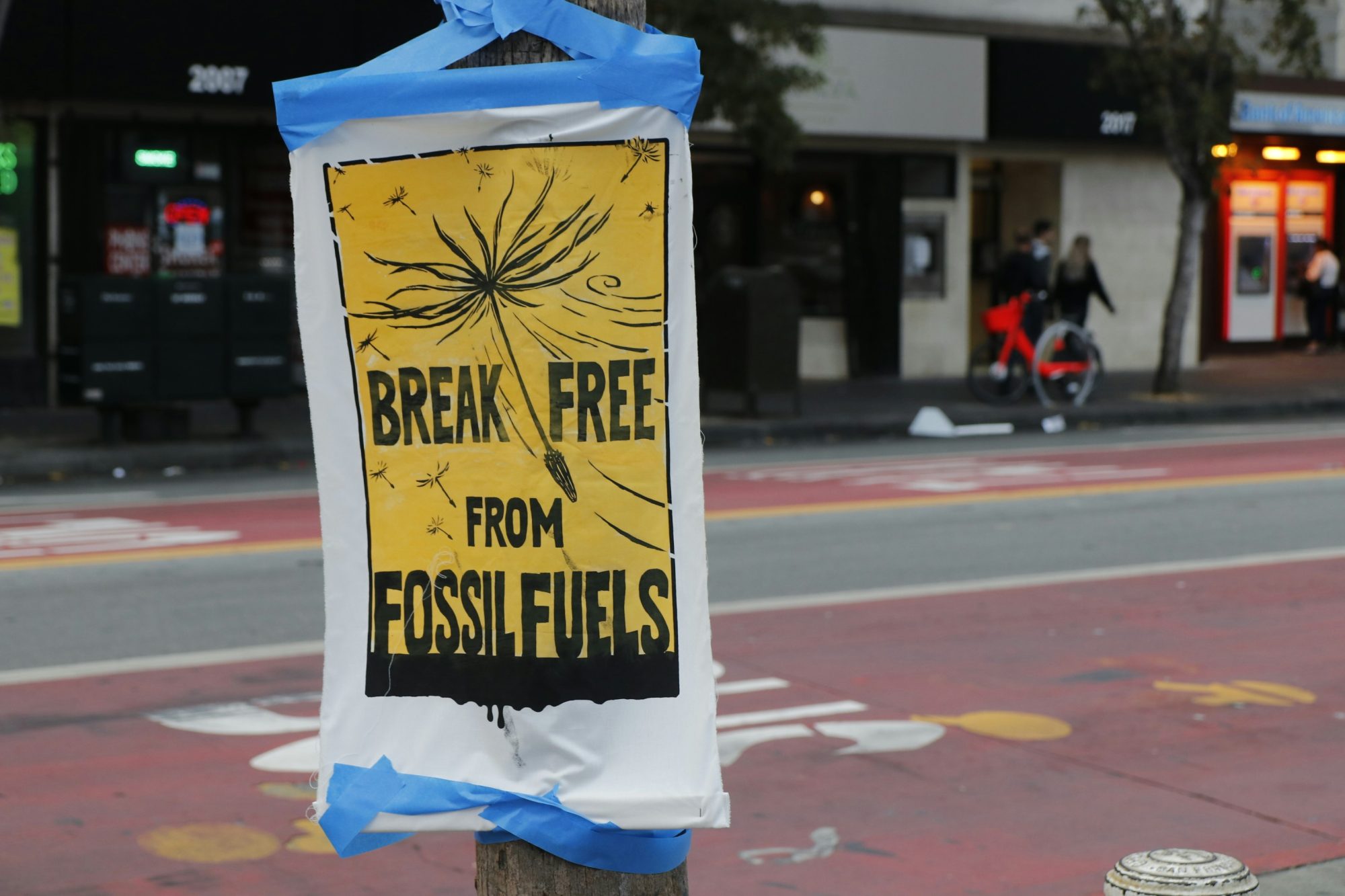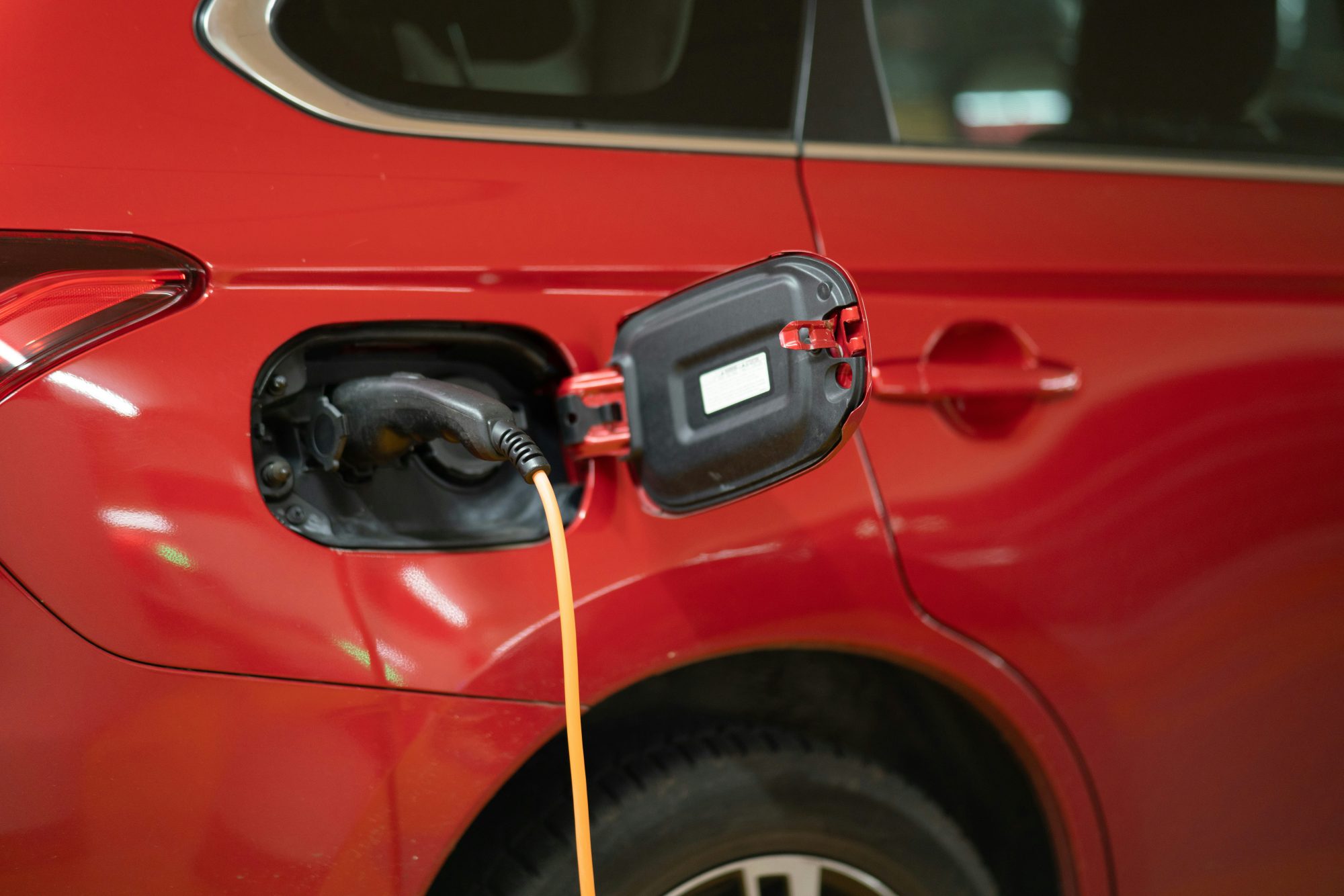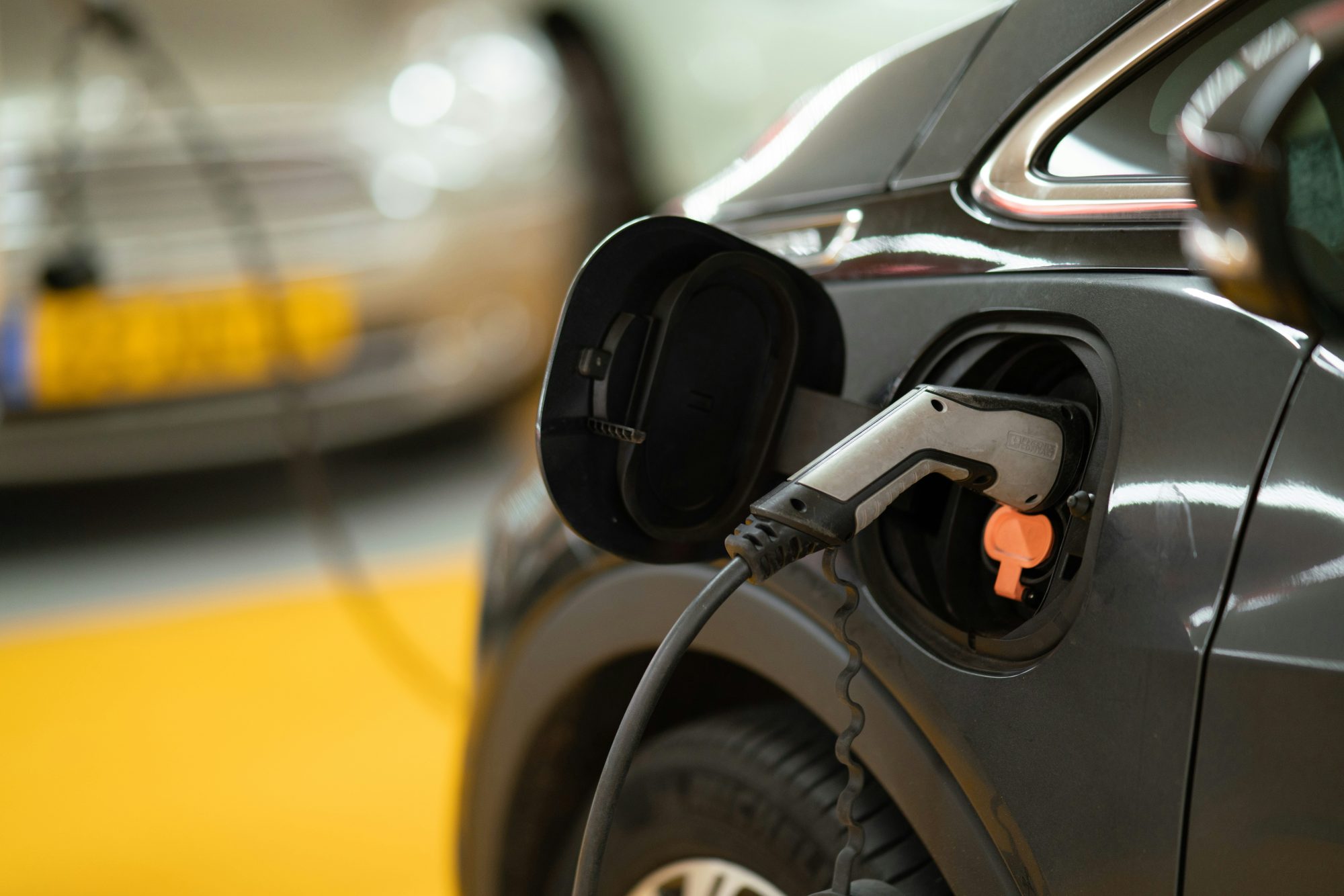When it comes to reducing greenhouse gas emissions, transportation is the UK’s biggest challenge. While Battery Electric Vehicles (BEVs) are leading the charge for passenger cars and vans, hydrogen shows promise for aviation, shipping, buses, and Heavy Goods Vehicles (HGVs), especially in scenarios where battery charging infrastructure and range limitations are issues.
Zero Emission Vehicles
The UK’s Zero Emissions Vehicle (ZEV) mandate aims for 22% of new cars to be ZEVs by 2024, increasing to 80% by 2030 and 100% by 2035. Although BEVs are expected to dominate, it’s worth questioning if they are the best technology.
A ZEV, as defined by the UK Government, is a vehicle that emits zero grams of CO2 per kilometre during the Worldwide Harmonized Light Vehicles Test Procedure (WLTP). This means that both BEVs and Fuel Cell Electric Vehicles (FCEVs) qualify as ZEVs. However, this definition doesn’t account for emissions from the entire lifecycle of the vehicle.
Are ZEVs Actually Sustainable?
Life Cycle Assessment (LCA) offers a more comprehensive view by evaluating CO2 emissions from manufacturing to disposal. For instance, although BEVs produce zero emissions at the tailpipe, their overall CO2 impact includes the emissions from electricity generation, which still relies partly on fossil fuels. Currently, about 35% of the UK’s electricity is from fossil fuels, while renewables and nuclear contribute 36% and 15%, respectively.
The LCA results show that BEVs and Plug-in Hybrid Electric Vehicles (PHEVs) have similar total CO2 emissions, mainly due to the significant CO2 produced during battery manufacturing and the current energy mix. Future improvements in battery recycling and increased renewable energy use could tip the balance in favour of BEVs though.
Hydrogen, especially green hydrogen produced from renewable sources, has the potential to lower CO2 emissions significantly. However, the infrastructure for green hydrogen is still in its infancy. Early adoption is expected in buses and HGVs, but the long-term demand will likely come from the shipping and aviation sectors, where hydrogen can serve as an energy carrier rather than a direct fuel.
While BEVs currently lead the zero-emission vehicle market, hydrogen has a promising future, particularly for applications where batteries fall short. The transport sector’s shift to greener solutions will likely involve a mix of technologies, including improved battery systems, green hydrogen, and synthetic fuels.




Hydrogen As A Fuel
When it comes to hydrogen as a fuel, safety is a top priority. While hydrogen presents unique risks, it’s important to understand how they differ from traditional fuels. Hydrogen is highly flammable and can ignite easily, but its lightweight nature means it disperses quickly in the event of a leak, reducing the risk of accumulation and subsequent explosions.
Safety protocols for handling hydrogen are rigorous. Hydrogen systems are designed with multiple safety layers, including leak detection and automatic shutdowns to prevent accidents. For example, hydrogen fueling stations are equipped with sensors that detect leaks and automatically stop the fuel supply if an issue arises.
Comparatively, petrol and diesel are more prone to lingering and spreading fires due to their heavier nature. This makes hydrogen a safer option in some scenarios, as it doesn’t pool on the ground or spread as easily.
Transporting hydrogen also requires specialised infrastructure. Hydrogen pipelines are built with materials that can withstand the high pressures and potential weakness caused by hydrogen. Hydrogen storage tanks are also designed to endure significant impacts without rupturing.
Training and education are crucial for anyone with hydrogen. Technicians need to be highly knowledgeable in the specific safety measures required for handling and maintaining hydrogen systems. This includes understanding the properties of hydrogen, proper storage methods, and emergency response procedures.
While hydrogen comes with its own set of dangers, these are manageable with the right knowledge, technology, and safety practices. As we move towards a more sustainable future, understanding and managing the risks associated with hydrogen will be key to its successful integration into our energy and transport systems.
Is Hydrogen A Viable Fuel For The Future?
If you look at the potential of hydrogen as a future fuel, it’s worth noting its range of uses in transportation. The UK Government’s Hydrogen Roadmap anticipates a significant rise in hydrogen demand for transport by the late 2020s and mid-2030s, particularly for maritime and aviation sectors, while heavy goods vehicles (HGVs), rail, and light vehicles may not see as much demand unless electrification isn’t the sole option.
This comes as the government extends the deadline for selling new internal combustion vehicles to 2035 to align with European standards, reflecting the need for alternative strategies beyond electrification due to environmental, economic, and social concerns.
While battery electric vehicles (BEVs) dominate the zero-emission vehicle (ZEV) market, their registration numbers dropped in 2023, influenced by both the new internal combustion engine (ICE) sales deadline and challenges related to EV economics and charging infrastructure. Concerns over BEVs’ environmental impact, particularly regarding rare earth materials and lithium mining, persist. Life Cycle Assessments (LCAs) reveal that plug-in hybrid vehicles (PHEVs) and BEVs have similar CO2 impacts, with BEVs requiring significant mileage to offset their manufacturing emissions compared to fossil fuel vehicles.
Some automotive manufacturers are investing in synthetic fuels (E-Fuels) and hydrogen technologies, indicating that the future of ZEVs isn’t limited to one solution. Alternatives like ammonia and sustainable aviation fuel (SAF) are also under consideration for sectors where batteries aren’t viable.
E-fuels are produced by combining hydrogen with captured CO2, resulting in a liquid hydrocarbon fuel similar to petrol or diesel. This approach, if powered by renewable energy, can be nearly carbon-neutral despite producing particulate emissions.
Fuel cell electric vehicles (FCEVs) convert hydrogen to electricity via a fuel cell, emitting only water vapour. They offer quick refuelling times and long ranges, comparable to conventional cars.
Hydrogen combustion engines, while efficient and clean, face challenges like high ignition temperatures and corrosive properties, making them complex to design and maintain. Ammonia, with its high hydrogen content and ease of storage, is promising for low-speed engines but has drawbacks like high autoignition temperature and NOx emissions.
Looking ahead to 2050, it’s likely that a mix of fuels will power vehicles. Hydrogen from renewable sources, improved battery technologies, and liquid E-Fuels will all play roles in reducing CO2 emissions. While BEVs might remain carbon-intensive, advancements in technology and shifts in vehicle ownership models could shape a diverse and sustainable transport future.

Leave a Reply
You must be logged in to post a comment.